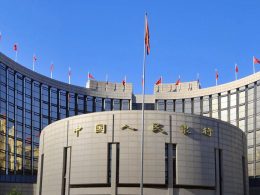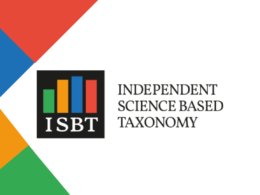The UN Environmental Programme Finance Initiative (UNEP FI) has introduced new Principles for Responsible Banking (PRB) member guidance, titled ‘Sector Action Guidance for Nature: Getting Started in the Agricultural, Forestry and Mining Sectors’. Developed in partnership with The Biodiversity Consultancy (TBC) and with input from banks in the PRB Nature Working Group, this guidance translates the recommendations from the PRB Nature Target Setting Guidance into actionable, sector-specific measures.
The guide is a response to the factor that at present half of all loans are extended to companies in sectors vulnerable to ecosystem degradation, making biodiversity-related risk management not just a moral imperative but a financial necessity. In lower-middle-income economies, banks allocate an average of 55% of loans to these high-risk sectors, according to the World Bank Group.
Released alongside UNEP FI’s programming for CBD COP16 – which includes the second Finance and Biodiversity Day on 28 October 2024 – the guidance offers easy-to-follow, “no-regrets” actions that front offices can implement immediately, facilitating a smooth transition to more sustainable business practices.
Recognising the importance of sectoral and commodity-level insights in shaping banking policies and client engagements, the ‘Sector Action Guidance for Nature’ equips banks to stay ahead of risks, even without formal materiality assessments. The guidance focuses on high-impact sectors such as mining, agriculture, and forestry, establishing priority actions for banks to reduce risk exposure, strengthen client relationships, and promote a nature-positive future. Six key commodities are highlighted: bauxite, copper, cattle, wood, soy, and palm oil.
By aligning with the Kunming-Montreal Global Biodiversity Framework (GBF) and targeting these high-impact sectors and commodities, banks can take “no-regrets” actions today to mitigate and reduce their environmental impact. These actions, which provide value regardless of future uncertainties, do not require waiting for additional assessments or data. They are low-risk steps that banks can implement across a range of scenarios, enhancing both risk mitigation and opportunity creation.
The guidance emphasises the use of a mitigation hierarchy framework, where banks are encouraged to first avoid negative environmental impacts, then minimize unavoidable harm, restore any residual damage, and offset remaining impacts in a sensitive and context-specific manner with expert advice.
To maximize the immediate usefulness of this guidance, UNEP FI advises banks to engage clients through relationship managers, who can incorporate nature into client dialogues with detailed insights into high-impact sectors and commodities; group sustainability functions or teams responsible for client questionnaires and policy development; and, cross-bank stakeholders impacted by the policies related to sustainability.
By adopting this mitigation hierarchy framework and integrating biodiversity risks into client interactions and policy development, banks will be better positioned to help clients transition to nature-positive practices. This shift will also reduce the banks’ exposure to physical and transitional risks related to nature, while opening up opportunities for new financing and technical assistance.




















